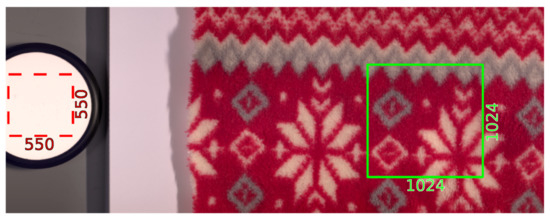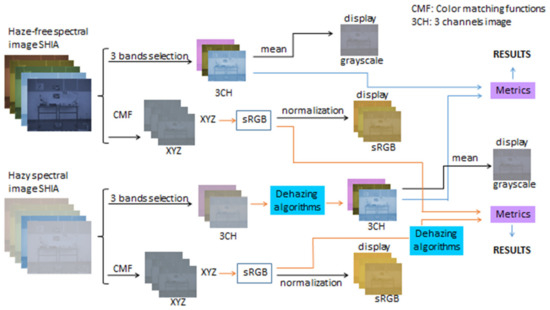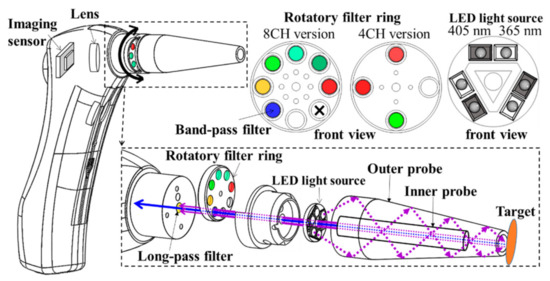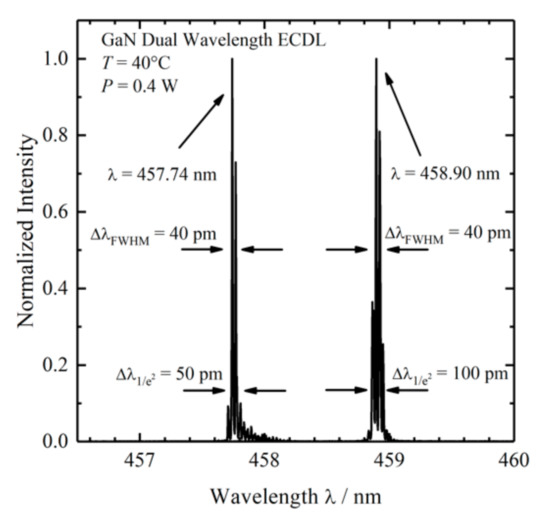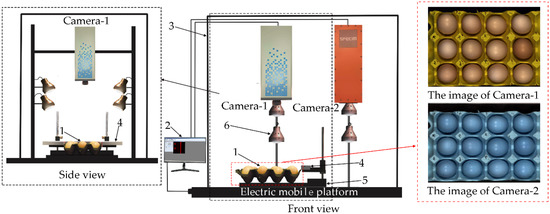Advances in Spectroscopy and Spectral Imaging
A topical collection in Sensors (ISSN 1424-8220). This collection belongs to the section "Sensing and Imaging".
Viewed by 23212Editors
Interests: real-time imaging; high dynamic range imaging; polarization imaging; spectral imaging; filter array imaging: from sensor to pre-processing
Special Issues, Collections and Topics in MDPI journals
Interests: spectral imaging; material appearance; colour imaging; computational appearance
Special Issues, Collections and Topics in MDPI journals
Topical Collection Information
Dear Colleagues,
Spectroscopy aims at recovering the spectral signature of light at a scene point, within a given spectral range and a given spectral resolution. Spectral imaging enhances this functionality by adding spatial dimension, leading to a spatiospectral data representation (i.e., a spectral data cube). On one hand, novel hardware designs dedicated to spectroscopy and spectral imaging (SSI) are demanded to improve the efficiency, flexibility, or compactness of the SSI systems. On the other hand, dedicated data processing is required for the emergence of SSI systems.
Recent advances in the field could potentially lead to the massification of SSI, and a better implication of SSI in applications, such as for computer vision, computer graphics, or remote sensing. To further help SSIs to break through into applications, it is necessary to go beyond our understanding of their limitations.
This Special Issue focuses on these topics, so the different issues, achievements, and progress from different disciplines are available from one single issue.
Potential topics include but are not limited to:- Technology: spectral sensors, optical design, camera design, acquisition setup, etc.
- Computational algorithm: imaging model, data processing, noise reduction, calibration, image enhancement, demosaicing, super-resolution, high dynamic range, etc.
- Inverse problem: spectral reconstruction, illuminant estimation, reflection mode separation, rendering, matching, etc.
- Data mining for spectral information: learning, CNN, time series, etc.
- Applications in computer vision: medical imaging, automotive, cultural heritage (classification, text analysis), etc.
- Applications in computer graphics: cultural heritage (visual reproduction), etc.
- Other SSI applications in remote sensing, chemistry, biology, etc.
Dr. Pierre-Jean Lapray
Dr. Jean-Baptiste Thomas
Dr. Yusuke Monno
Collection Editors
Manuscript Submission Information
Manuscripts should be submitted online at www.mdpi.com by registering and logging in to this website. Once you are registered, click here to go to the submission form. Manuscripts can be submitted until the deadline. All submissions that pass pre-check are peer-reviewed. Accepted papers will be published continuously in the journal (as soon as accepted) and will be listed together on the collection website. Research articles, review articles as well as short communications are invited. For planned papers, a title and short abstract (about 100 words) can be sent to the Editorial Office for announcement on this website.
Submitted manuscripts should not have been published previously, nor be under consideration for publication elsewhere (except conference proceedings papers). All manuscripts are thoroughly refereed through a single-blind peer-review process. A guide for authors and other relevant information for submission of manuscripts is available on the Instructions for Authors page. Sensors is an international peer-reviewed open access semimonthly journal published by MDPI.
Please visit the Instructions for Authors page before submitting a manuscript. The Article Processing Charge (APC) for publication in this open access journal is 2600 CHF (Swiss Francs). Submitted papers should be well formatted and use good English. Authors may use MDPI's English editing service prior to publication or during author revisions.
Keywords
- spectral sensors
- spectroscopy
- spectral imaging
- multispectral imaging
- hyperspectral imaging
- spectropolarimetric imaging








